- Apply
- Visit
- Request Info
- Give




Scroll

Young children are affected by their surroundings. The following features of the classroom environment all influence the teaching and learning process:
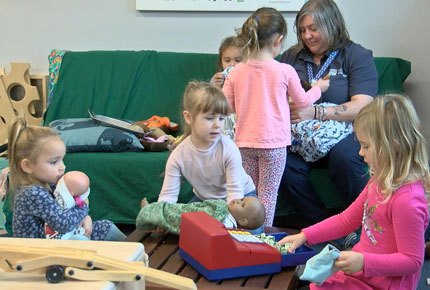 Fostering Independent Decision-Making by Allowing Free Movement During Centers (2:09)
Fostering Independent Decision-Making by Allowing Free Movement During Centers (2:09)
Many preschool classrooms limit the number of children who may be in a center at a time. In this Reflection from the Field, a preschool director and teacher describes why their program places very few limits on center time activities. By allowing children to make choices about where they wish to play and which play materials they would like to bring with them, the program aims to help children develop independent decision-making and self-regulation skills.
See video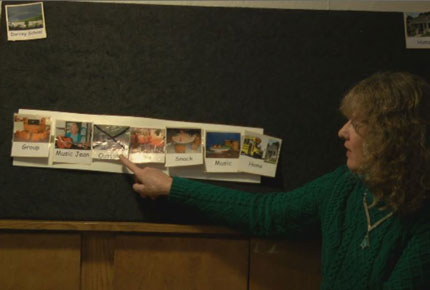 Using a Visual Schedule (1:57)
Using a Visual Schedule (1:57)
Helping children know what to expect throughout the day is an important part of the classroom environment. In this video from the Teaching Strategies series, a preschool teacher describes how she uses a visual schedule on a daily basis. Young children can refer to the pictures on the schedule independently to see what comes next, which can help them to regulate their own behavior. A visual schedule can be especially helpful for children who struggle with transitions or changes to the daily routine.
See video and resources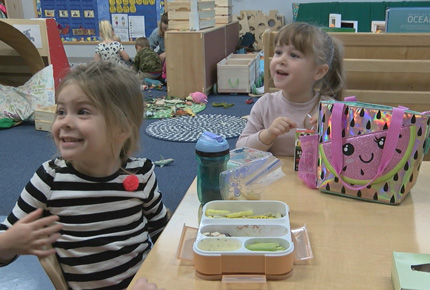 Flexible Mealtimes in a Part-Day Program: Supporting Children to Listen to Their Own Hunger Cues (2:45)
Flexible Mealtimes in a Part-Day Program: Supporting Children to Listen to Their Own Hunger Cues (2:45)
In this video from the Teaching Strategies series, a director/teacher describes their program's approach for helping children learn to listen to their bodies and decide when they are hungry and ready to eat. Children may independently access the food they brought to school throughout the morning. They are encouraged to eat when they're hungry and stop when they're full, learning healthy behaviors, initiative, and self-competency through their daily routines.
See video and discussion questions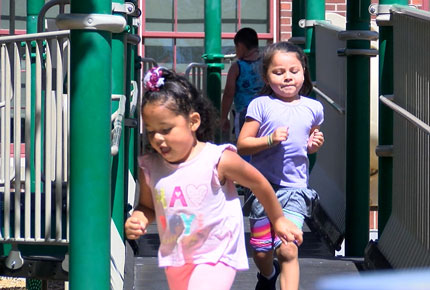 The Effects of Outdoor Play on On-Task Behavior in Preschool (7:02)
The Effects of Outdoor Play on On-Task Behavior in Preschool (7:02)
It is generally understood that giving preschool children time to play outside every day supports their gross motor development and gives them opportunities to manage their emotions and engage in unstructured social play with their peers. But how important is outdoor play for children’s academic learning? This video highlights findings from a study that suggests that outdoor play affects children’s on-task behavior, which has significant implications for their learning.
See video and learn about study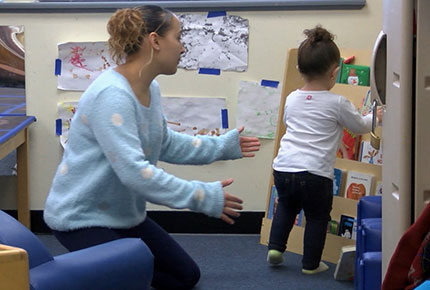 Building SupportIVE Environments: Setting Rules and Expectations (6:31)
Building SupportIVE Environments: Setting Rules and Expectations (6:31)
In ensuring that a learning environment supports children’s social and emotional well-being, adults need to make sure that children know what to expect and understand what is expected of them. In this video, teachers, family child care providers, and experts discuss how to determine developmentally appropriate rules for children, and share strategies they use for communicating rules and expectations to children. Strategies for involving young children in creating classroom rules are also shared.
See video and resources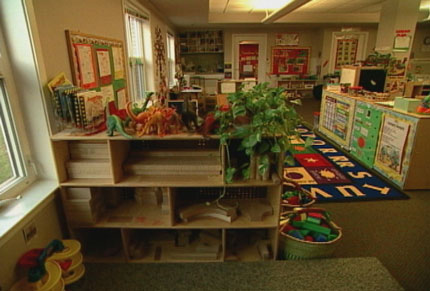 Arranging the Classroom (Series)
Arranging the Classroom (Series)
Classroom arrangement has a powerful effect on children’s behavior. This segment of the "Guiding Young Children's Behavior" series looks at three ideas teachers can use to arrange classrooms to guide children’s behavior. The segment includes:
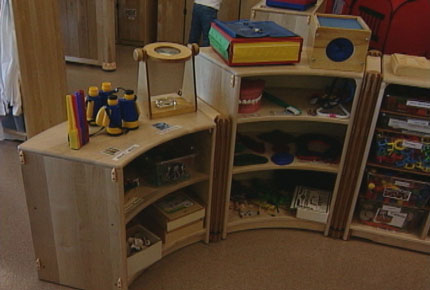 Selecting Classroom Materials and Planning the Schedule (Series)
Selecting Classroom Materials and Planning the Schedule (Series)
This segment from the "Guiding Young Children's Behavior" series looks at how both materials and the daily schedule can affect children’s behavior. Videos include:
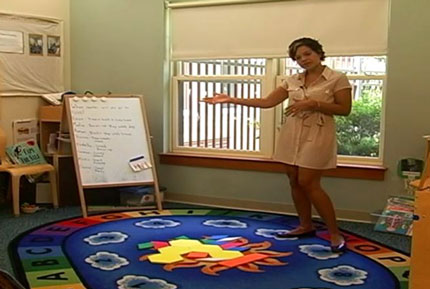 Classroom Arrangement: Redesigning the Green Room (8:04)
Classroom Arrangement: Redesigning the Green Room (8:04)
In this video, a preschool teacher gives a tour of her classroom and discusses her plans and motivations for redesigning the room. After the redesign, she reflects on how the changes have improved her classroom. She also describes some of the challenges to her initial plans and gives advice to teachers who are thinking of redesigning their own classroom spaces.
See video and resources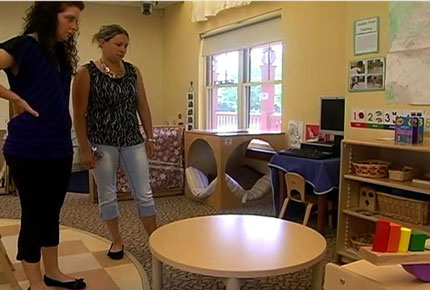 Classroom Arrangement: Redesigning the Toddler Room (6:04)
Classroom Arrangement: Redesigning the Toddler Room (6:04)
In this video, a toddler teacher discusses her decision to rearrange her toddler classroom. She reflects on how creating a new music center and defining individual centers with the help of furniture has had a positive impact on classroom behavior, and gives advice to teachers who are thinking of redesigning their own classroom spaces.
See video and resources